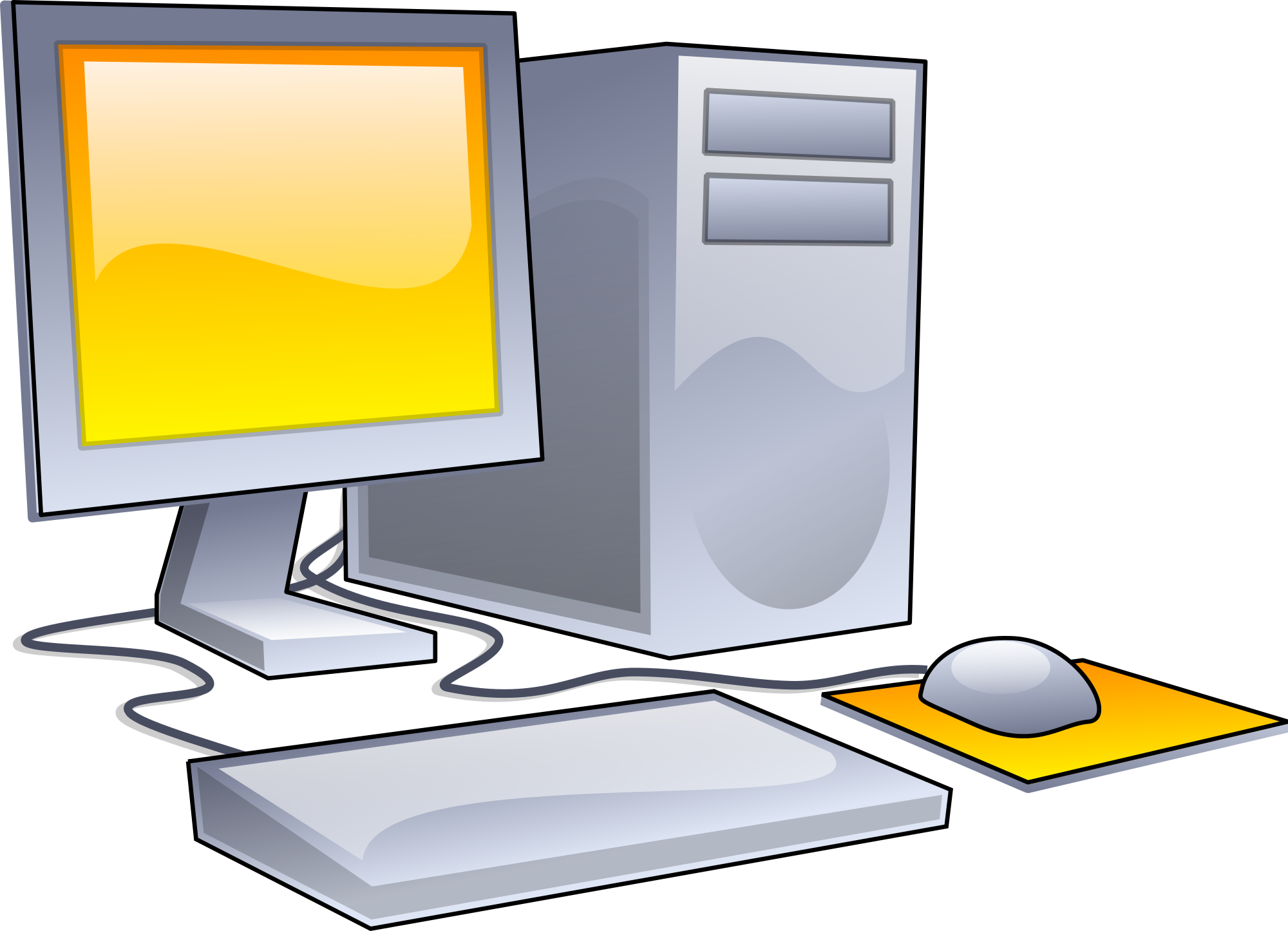
Screen Time
By Dr. Terry Macaluso, Head of School
It’s hitting all of us. The amount of time we’re all spending in front of a screen is not healthy—and I don’t really know what near- or long-term consequences we may find ourselves paying. When we started EPSRemote, classes were longer and there was very little asynchronous work. Now the class periods are briefer, and we’re adding some asynchronous learning (we used to call that homework) to try to break up the time—and we’re finding ourselves back online even when we aren’t in class. This is the next problem we have to solve.
As you’ve watched your children/students work, what are you noticing? If they had books to read instead of an online text, would they use it? Math might even be more effectively learned if we pull out the old lined notebook paper, grab a pencil, and hunker down at the kitchen table. I hesitate to make this next point because I’m not sure I could do it—but—maybe we need to hand write essays and outlines. Maybe notes need to be taken on paper—and not on OneNote. Maybe we start taking screen shots of written work, and sending those in for assessment. (All of these thoughts conditional based on learning needs and diagnoses, of course.)
I’m really just thinking out loud—but I’ve been doing that non-stop for about 2 months now. As I reflect on my own learning evolution amidst the technology revolution, I’m somewhat daunted. I finally finished my dissertation when I acquired an Apple III. It was terrible—but it was new, and it motivated me to finish my degree. The promise was that everything would be more efficient. We’d have more leisure time. Life would be so much better balanced.
So……that sort of happened and sort of didn’t. My Apple III didn’t work as often as it did, and I never had confidence in floppy discs. Clearly, we’ve come light years since the 1980’s, but the conversation about the interaction between people and machines has never stopped. That’s a good thing. We’re still conscious of ourselves as distinct from the machine. Right now we have a chance to create deeper understanding about that difference. We have a chance to reintroduce our students to old technology. Remember the Big Chief Tablet (right now Bart Gummere is laughing at me and saying, “Terry, you are the only living person in this region who remembers Big Chief Tablets.”). You get the point.
Look for small opportunities.
To reduce the screen fatigue, think about getting an external monitor [about $130] for your student’s laptop—big screen at home, small computer for school. Also consider a mouse and keyboard.
To encourage screen breaks, sneak a notebook or a journal onto your child’s desk. If you want suggestions for “old technology” check out www.baronfig.com. They have very interesting tools—and their success comes from camouflaging old tools to look nothing like a Big Chief Tablet. There’s some irony there.
-Taken from the April 24, 2020 Community Briefing

